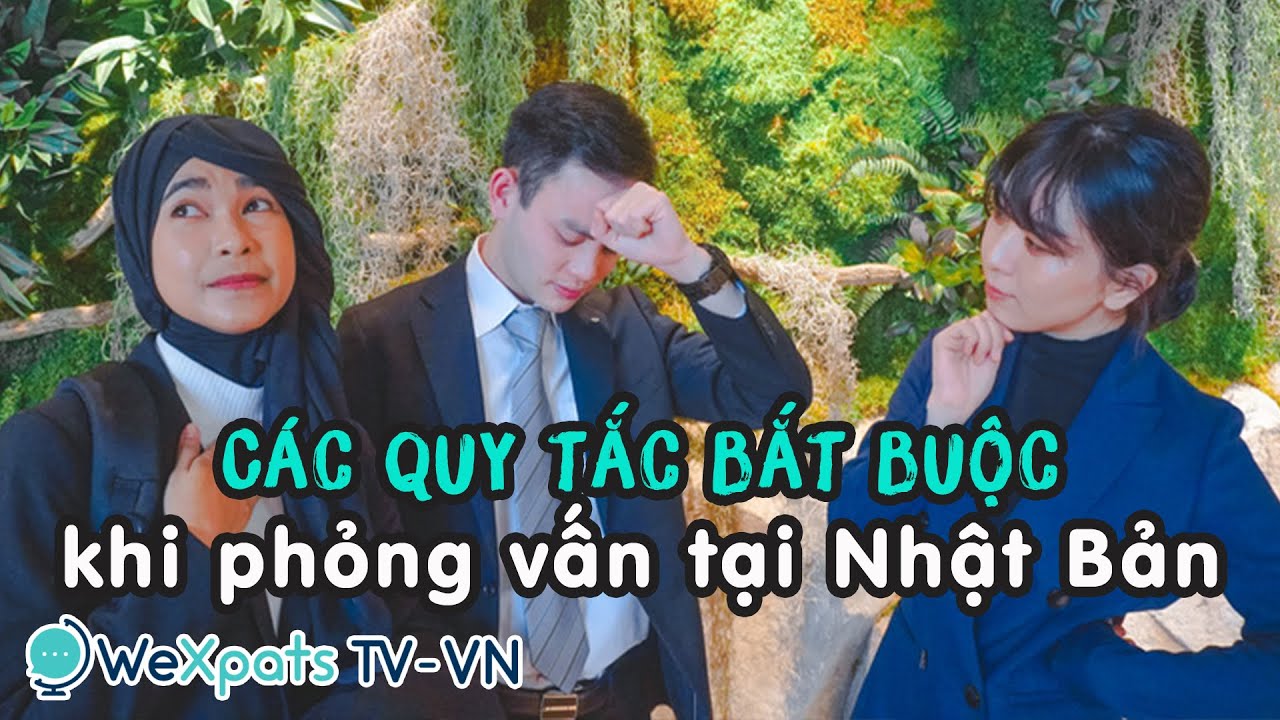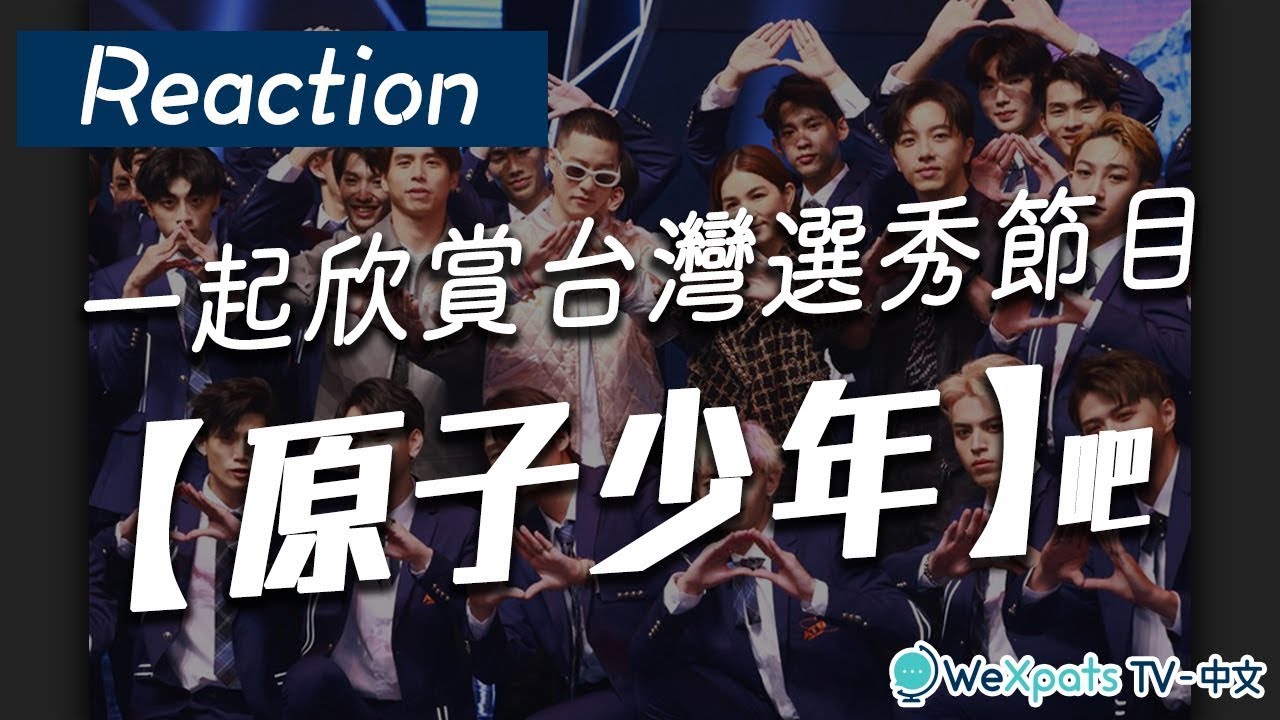A male only dance drama, Kabuki has been in Japan since the 17th century. Originating from a shrine maiden, it has a fascinating background. Along with Noh and Bunraku, it is one of the most important forms of traditional Japanese performing arts. Its most identifying characteristic - stark white faced actors.
First Published: 2021/11/05
Updated: 2023/07/21
Table of Contents
- Background and History of Kabuki
- A Closer Look at Kabuki: Drama, Stage, & Theatres
- Where to Watch Kabuki
- Kabuki Fun Facts
- Takeaway Video
Background and History of Kabuki

History
Kabuki 歌舞伎 is a form of traditional Japanese performing arts created in the early 1700s by Izumo no Okuni, a shrine maiden of Izumo Taisha. Her female-only troupe who performed kabuki-odori 歌舞伎踊り was a huge success and appealed to the masses. Its popularity inspired other women to jump on the bandwagon, creating their own troupes and performing onna-kabuki 女歌舞伎 (female kabuki) with shimasen. Unfortunately, public moral issues started occurring including fighting breaking out and prostitution by the performers. The government also found the performances too provocative which resulted in banning of women performers.
Young men took over instead, performing wakashu kabuki 若衆歌舞伎 (young men kabuki). This style of kabuki took advantage of their youthfulness and energy, incorporating acrobatics and juggling. Crossdressed as women, these young men were also deemed to be immoral and Kabuki was banned in 1652.
Revival of Kabuki
Kabuki’s revival was thanks to the adaptation of kyogen 狂言 - comedic relief intermissions in Noh.
For more about Noh and Kyogen, check:
Japan Culture: The Masked Dance Drama, Noh
Additionally, older men took over performing Kabuki, thus creating yaro kabuki 野郎歌舞伎 (men kabuki). As for the female roles, male actors that specialize in these roles were born, they were called Onnagata 女形.
It was only in the 18th century that Kabuki became a recognized Japanese art. Kabuki has survived the passage of time though there are minor modifications in terms of performing styles. Even so, the traditional method of performing Kabuki has largely been maintained.
※ Encyclopædia Britannica, Inc., "Kabuki" ※ Invitation to Kabuki, “History”
Writer's Pick
A Closer Look at Kabuki: Drama, Stage, & Theatres

Kabuki Play Genres
Kabuki drama genres, themes, or subject matter can be classified into 3 main categories:
Jidai-mono 時代物
These showcase Japanese historical events. During olden days when freedom of speech was heavily suppressed, these shows were used as a medium to subtly convey opinions or criticism on banned topics. In a way, it was a form of quiet rebellion against oppression.
Famous Plays: Yoshitsune Senbon Zakura, Kanadehon Chushingura,
Sugawara Denju Tenarai Kagami
Sewa-mono 世話物
These stories were targeted at Edo audiences, and focused on portraying domestic-themed tales. These were more realistic and relatable compared to Jidai-mono with themes like love and family. Acts like these also include tragic love stories that involve lovers suicide pacts.
Famous Plays: Tokaido Yotsuya Kaidan, Bentenkozo, Kyokaku Harusame-gosa
Shosa-goto 所作事
A dance performance. There may be plays in this category that feature only 1 performer for an hour.
Famous Plays: Momijigari, Kagamijishi, Musume Dojoji
※ Invitation to Kabuki, “Classifications of Plays” ※ Encyclopædia Britannica, Inc., "Kabuki"
Song, Sound and Music

The full effect of the actors performances can only be brought out by the brilliant stage and accompaniment music. Song and dance are the basic foundations of Kabuki. Sound effects and music are played using mainly wooden clappers (representing footsteps) and shamisen, but may also include taiko drums and flutes.
Stage, Devices, and Props

Kabuki fully utilizes the entire stage with dramatic dancing and to engage with the audience. The hanamichi, a walkway that cuts through the audience seats, is a great way to excite the crowd. Some stages have 2 hanamichi, the usage of these stages depends on the play.
As technology advances, various new stage devices are used to make kabuki even more lively. Some of these are the seri セリ and mawari butai 回り舞台; the former elevates part of the stage whilst the latter is a rotating platform.
Meanwhile, the props as well as backdrop changes are taken care of by stagehands called Kurogo 黒衣. Literally translated to “black clothing”, their titles are derived from the fact that they don black clothing to conceal themselves and remain invisible so as not to disrupt the show.
Kabuki Acting Styles and Expressions
Another noteworthy feature of Kabuki are the different acting styles. Inheritance is the key to the preservation of Kabuki tradition - the passing down from father to son and teacher to student. Each family or school’s unique acting style gives a whole different feel to the same play, be it interpretation or expressions.
Here are some Kabuki forms / expressions called Kata 形 you may know:
Mie 見得
「Pose」Where the actors would stop mid-action to highlight an emotion or mood.
Tachi-mawari 立ち回り
Fighting scenes with stylized exaggerated motions. It is even more impressive when performed on a mawari butai.
Hikinuki 引き抜き
Fast-paced quick costume change onstage with the assistance of Kurogos.
Where to Watch Kabuki
Interested in watching live Kabuki? Here are some places to catch a show:
Kabukiza (Tokyo)

The most famous theatre in Higashi-Ginza is dedicated to Kabuki performances.
This theatre has monthly performances and can hold up to 150 viewers. Tickets are available for purchase at the counter or online. Performance tickets range from 800 to 1,500 yen. A full program lasts the whole day, the program is split into 3 parts that starts in the morning, afternoon, and evening. You can watch 1 part only.
Minami-za (Kyoto)

Located in Higashiyama-ku, the most famous Kabuki theatre in Kyoto has been here since the Edo Period. This is where “Kichirei Kaomise” has been performed annually in December since 1913. The building has been recognized as a Tangible Cultural Property of Japan.
Osaka Shochikuza (Osaka)

Located in Dotonbori, this theatre is regarded as the first Western-style theatre in Kansai. Aside from Kabuki, the theatre also holds international dance performances and contemporary theatre.
※ Shochiku, “大阪松竹座の歴史”
NOTE: Performances are in Japanese but you can rent an English Earphone Guide here. English synopses are also available on the pamphlets.
Other Ways to Watch Kabuki
Aside from visiting a Kabuki theatre to watch scheduled performances, there are other ways to watch Kabuki in Japan, and sometimes even overseas. For example, there are Kabuki dance troupes that perform when invited or contracted at festivals, events, schools, etc. However, since these performances do not have a fixed location or timing, coming across one is usually purely by chance, which is special in its own way.

One such Kabuki dance troupe that performs as requested is Kikakuya (亀鶴屋). Their name carries a deep meaning - 亀 meaning tortoise represents steadily progresing step-by-step like how a tortoise walks, and 鶴 meaning crane represents dreams and hopes that stretch to the sky.
Kikakuya aims to bring traditional Japanese performing arts that can usually only be seen at theatres closer to people. Their past performances include neighbourhood events like Asakusa Festival, Abiko Fureai Hall (video below), and even overseas performances in Korea, Saudi Arabia, China, and France for JAPAN EXPO 2016.
Visit their website to check for performance announcements or to commission them.
Kabuki Fun Facts

Who are the Kabuki Warriors?
Classic traditional Japanese art form Kabuki is an inspiration to Japanese and foreigners and has been incorporated in today's modern society. In fact, there was a professional wrestling female tag team known as “The Kabuki Warriors” in World Wrestling Entertainment (WWE). The duo were known as Asuka and Kairi Sane. The team was involved in many matches and won titles.
Kabuki Face Paint
Face paint is a notable characteristic of Kabuki, but did you know that the colours have significance? For instance, red stripes painted stand for positivity, youth and power while indigo is associated with evil or has negative connotations.
Who is Ichikawa Ebizo XI?

Ichikawa Ebizo XI is a famous tachiyaku actor whose career started in 1983. He came from a well-known family of Kabuki actors and has portrayed many remarkable roles in Kabuki performances. He is still performing until today and was about to take on the reputable name “Ichikawa Danjuro XIII” but the supposed ceremony last May 2020 has been postponed indefinitely due to the current global health crisis.
※ Naritaya, "Ichikawa Ebizo XI" ※ Japan Times, "Popular kabuki actor Ichikawa Ebizo to become 13th holder of Danjuro stage name in 2020"
Takeaway Video
As part of a collaboration, Agency for Cultural Affairs Japan, Visual Industry Promotion Organization, and SHOCHIKU have prepared a helpful video explaining the basics of Kabuki for beginners. It's a helpful video to watch for beginners to Kabuki.



































